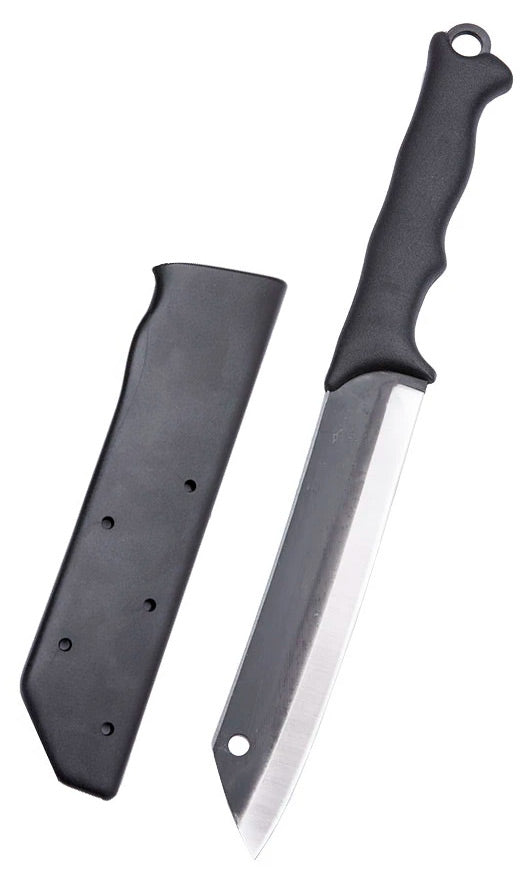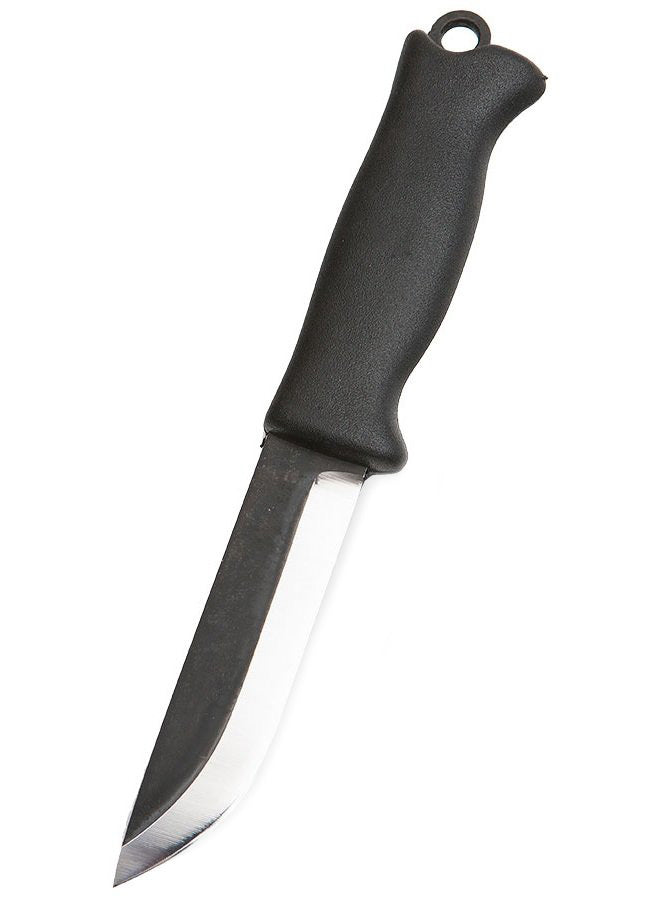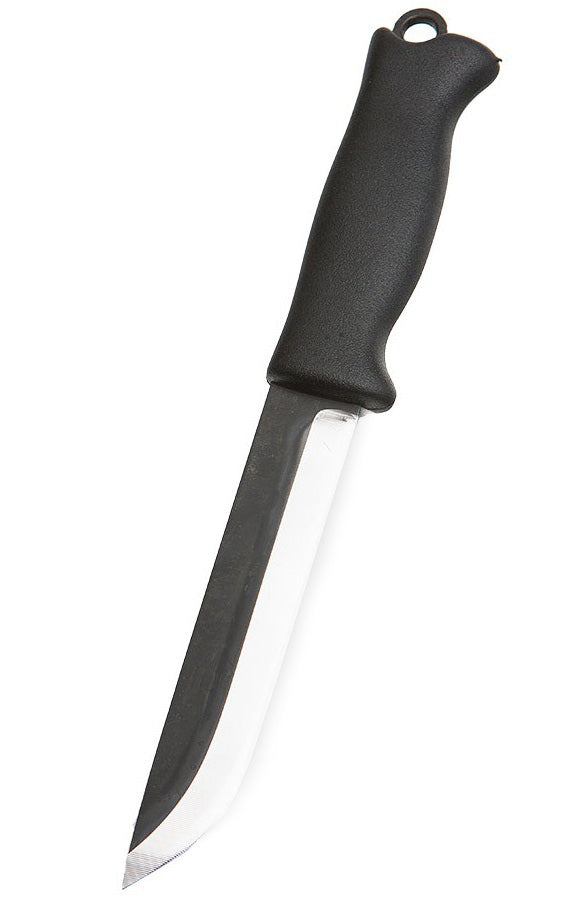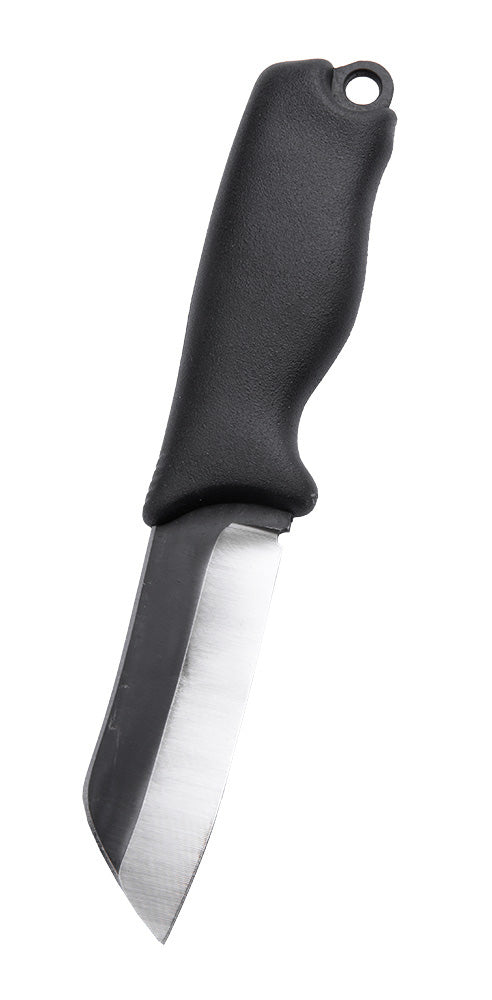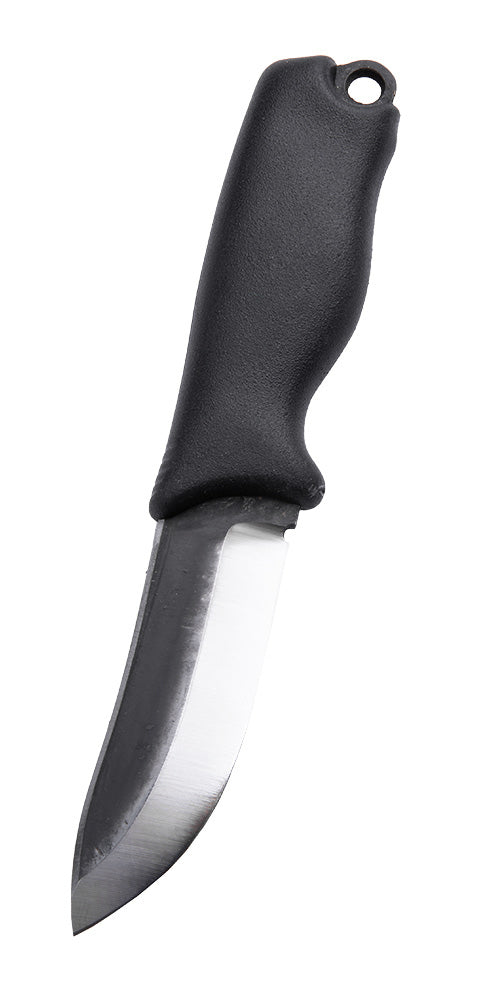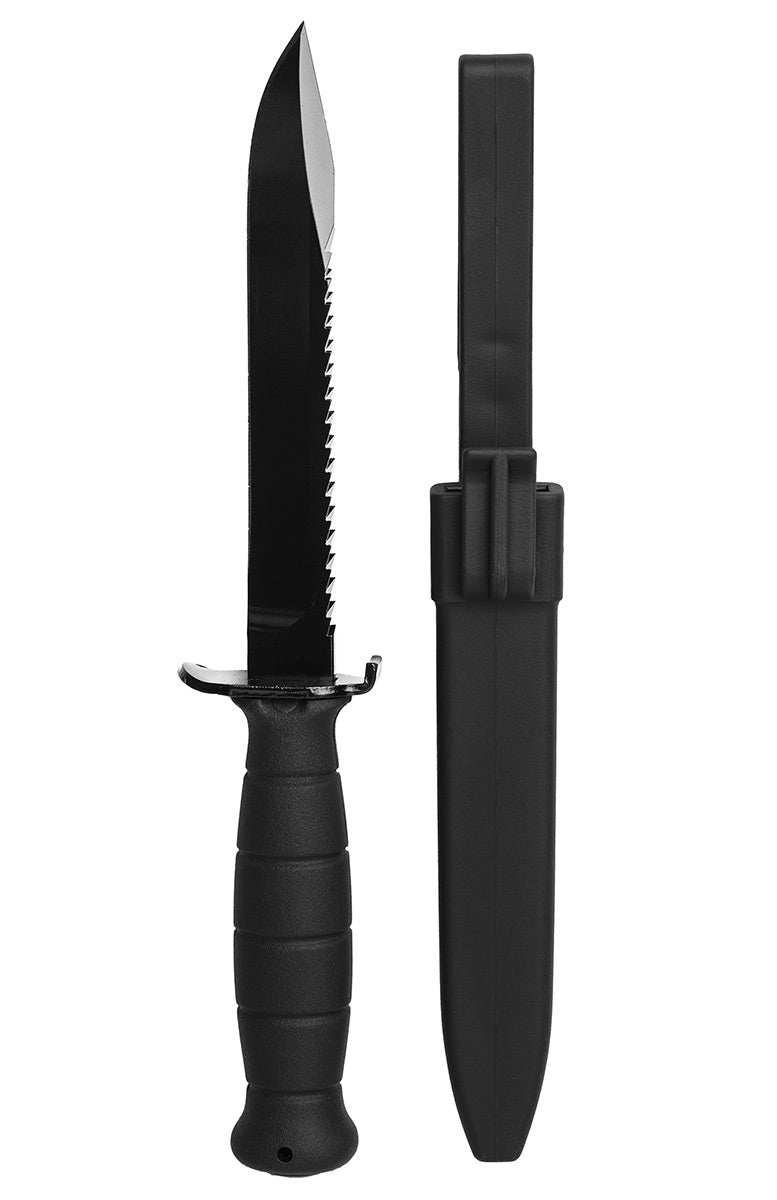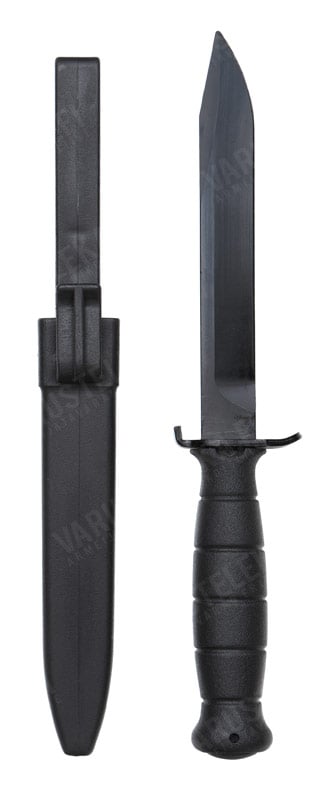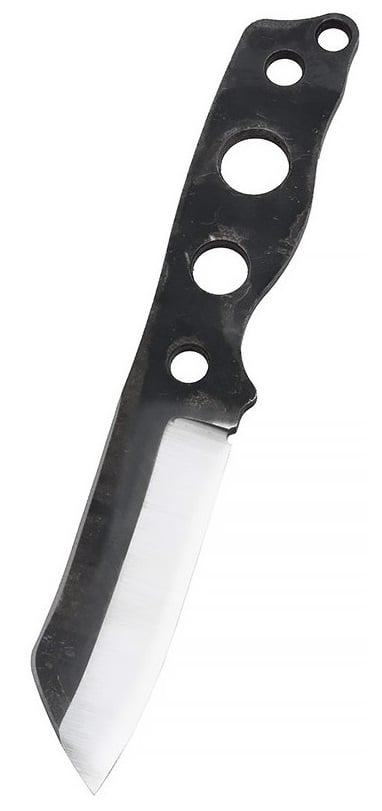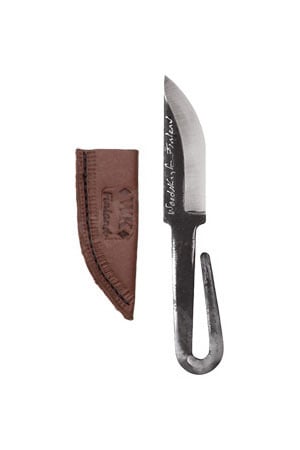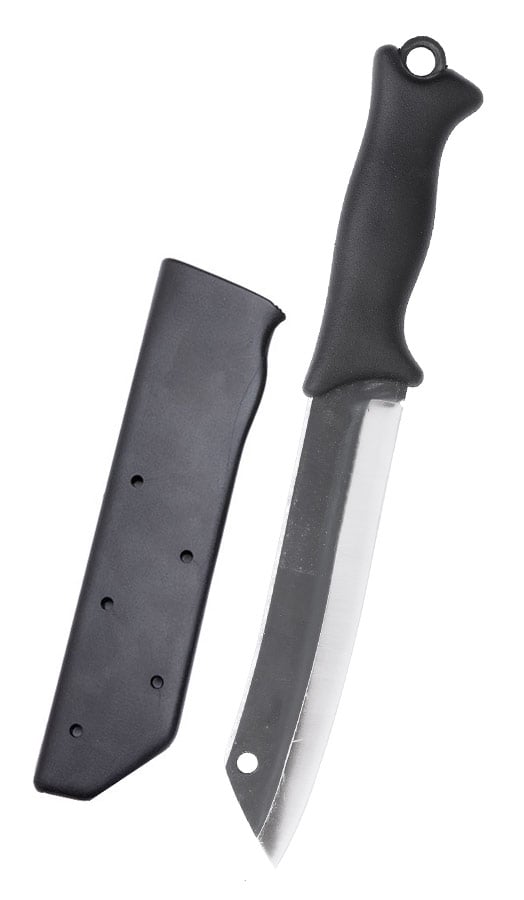
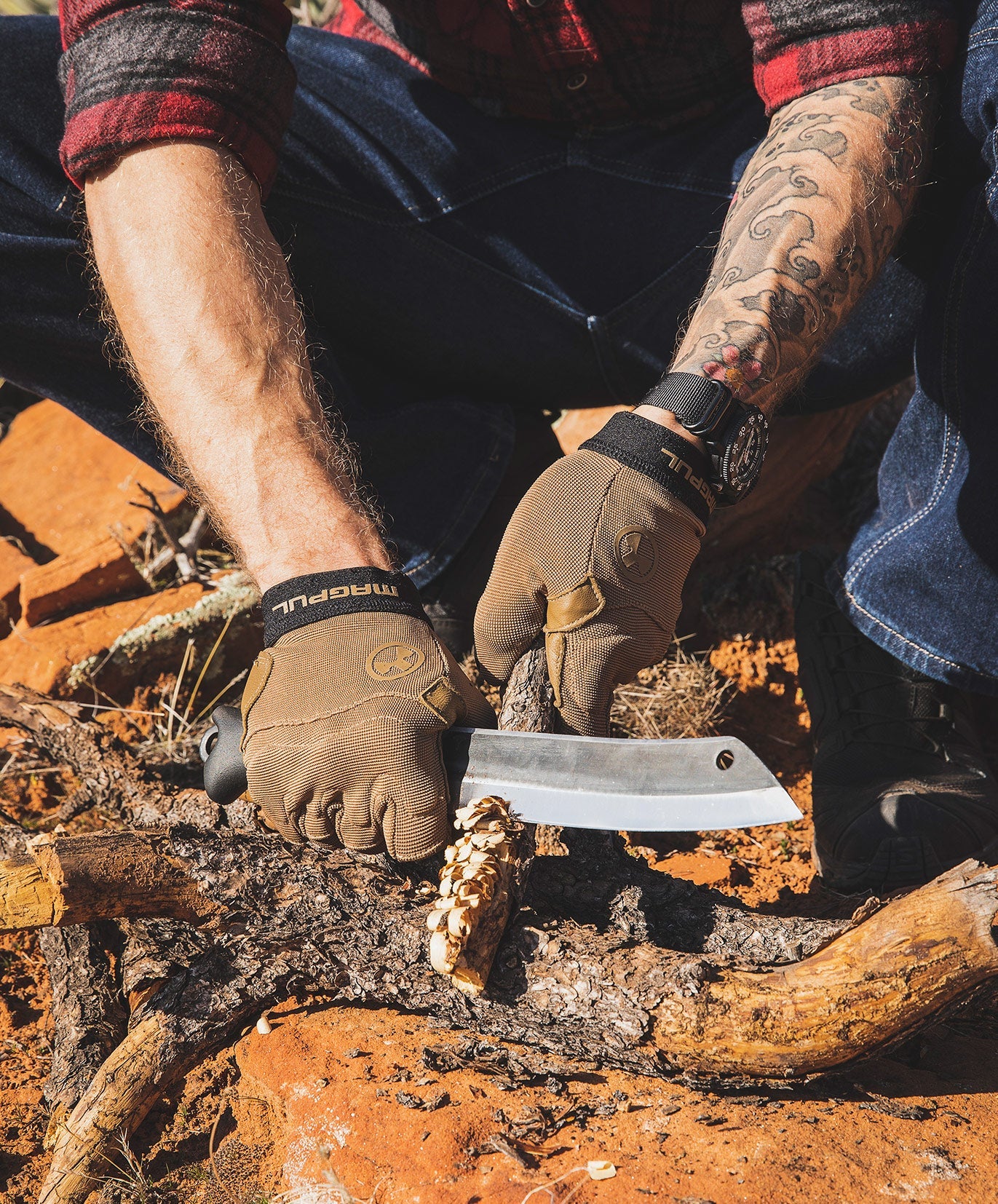
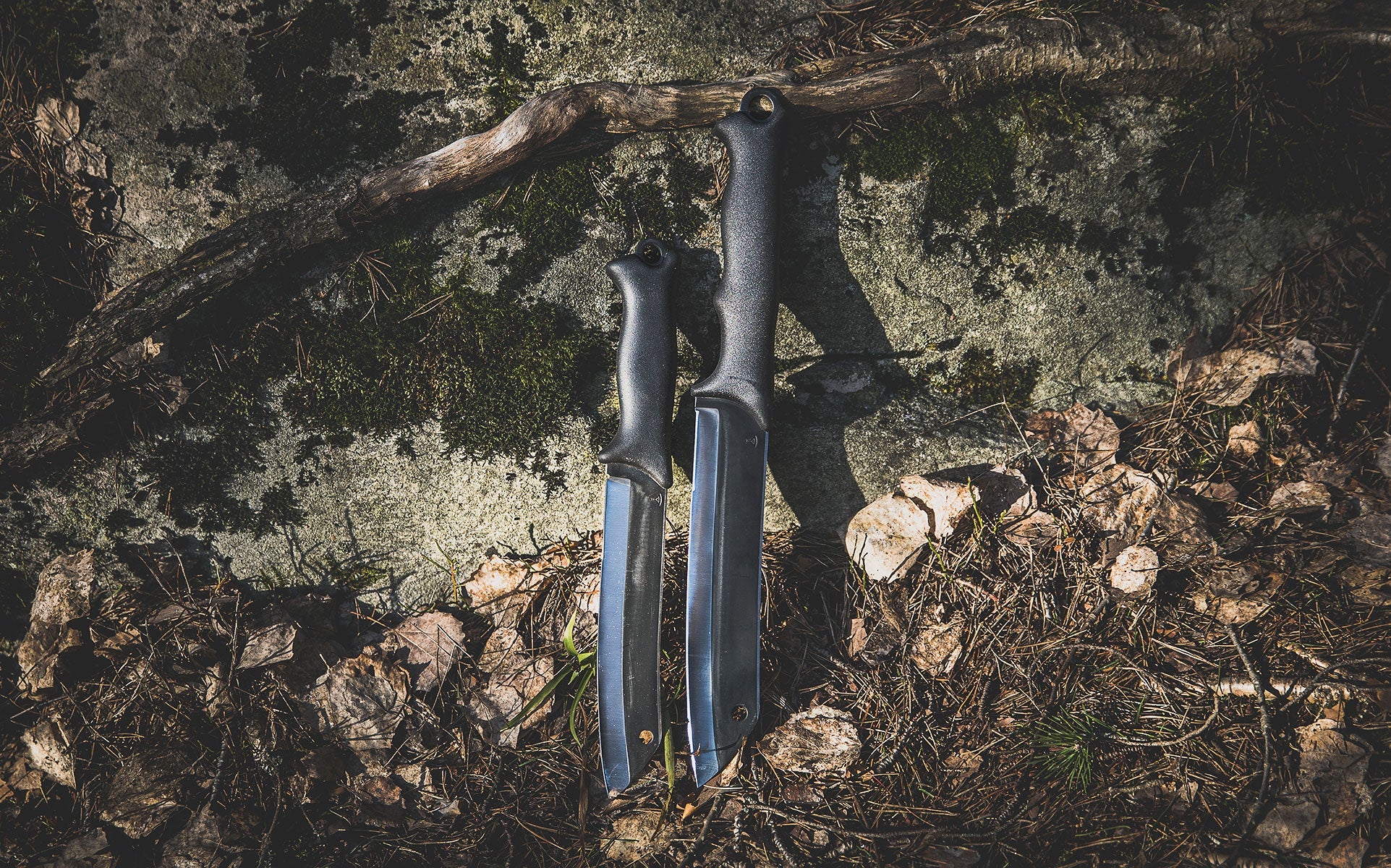

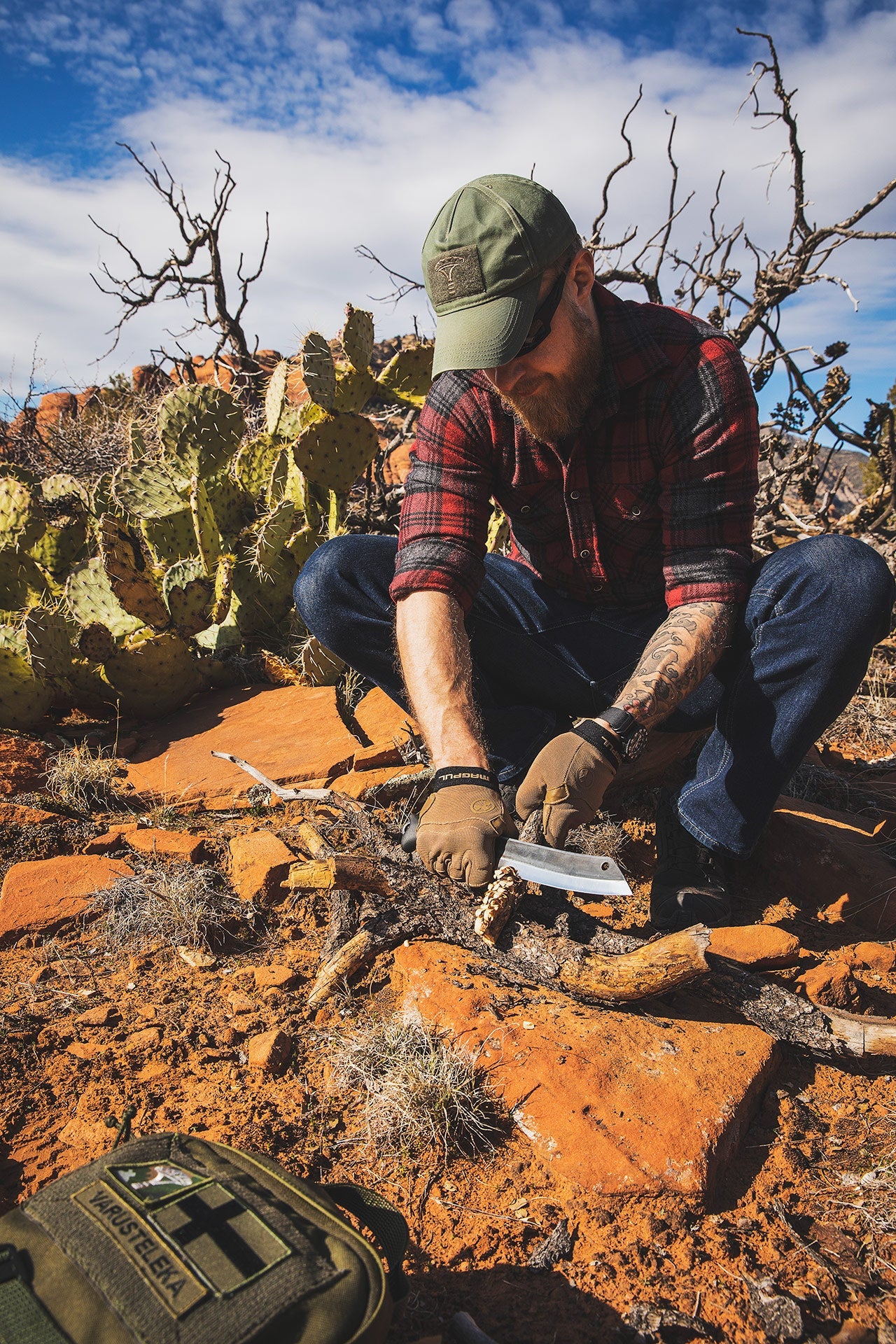
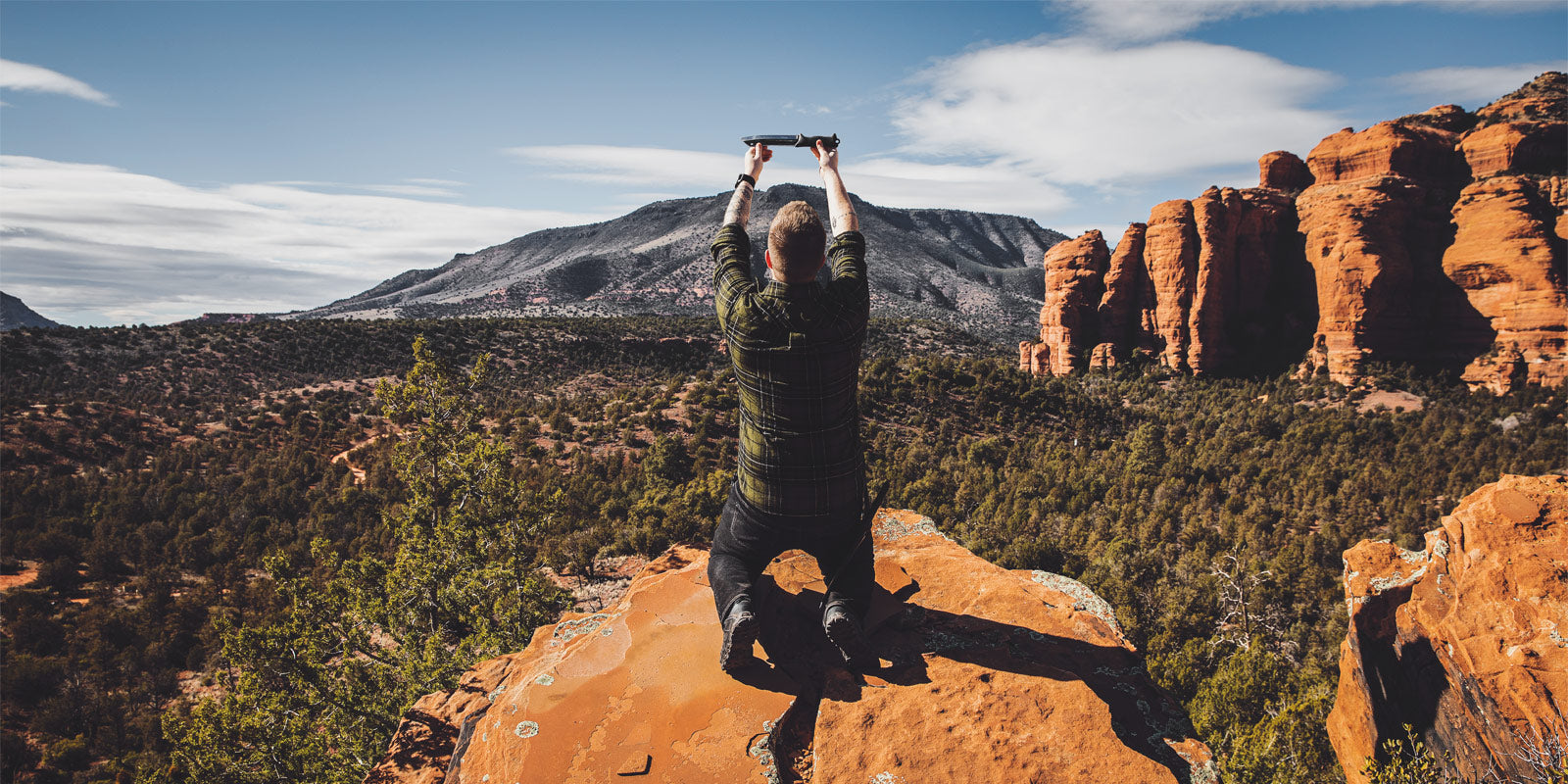
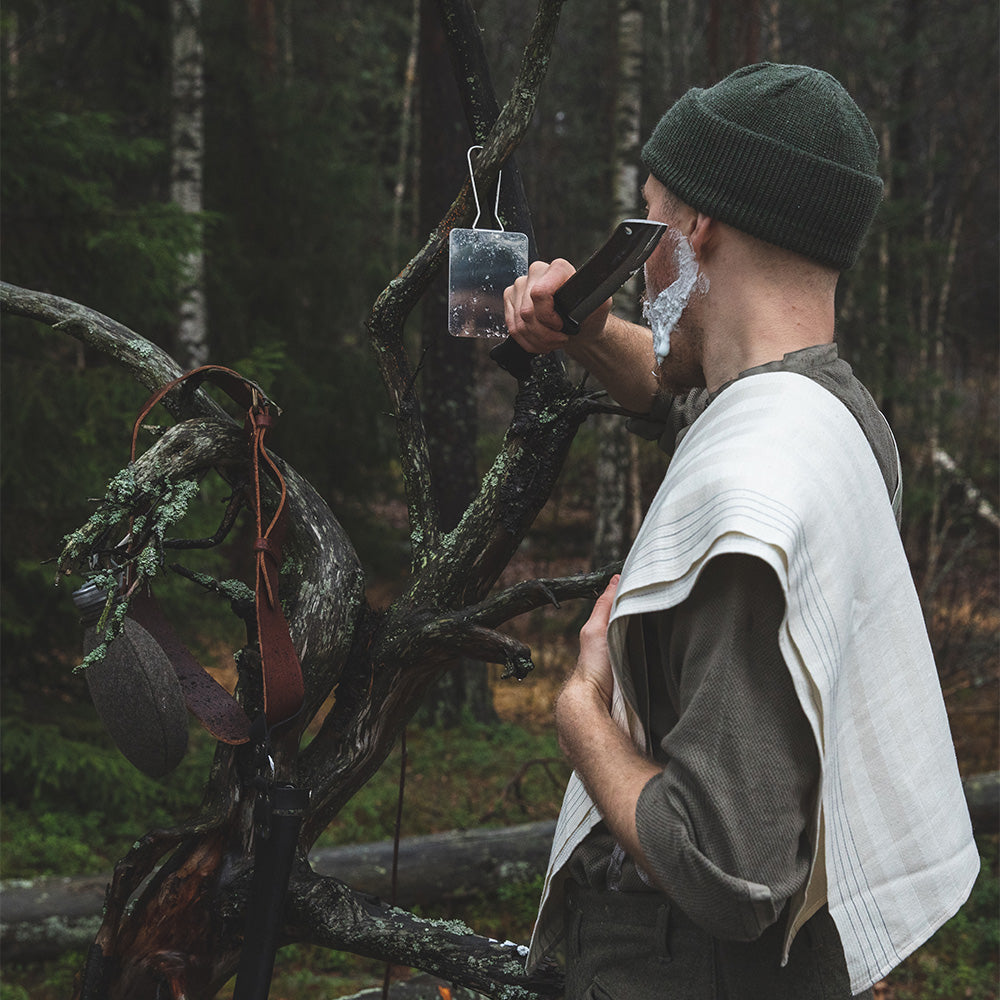
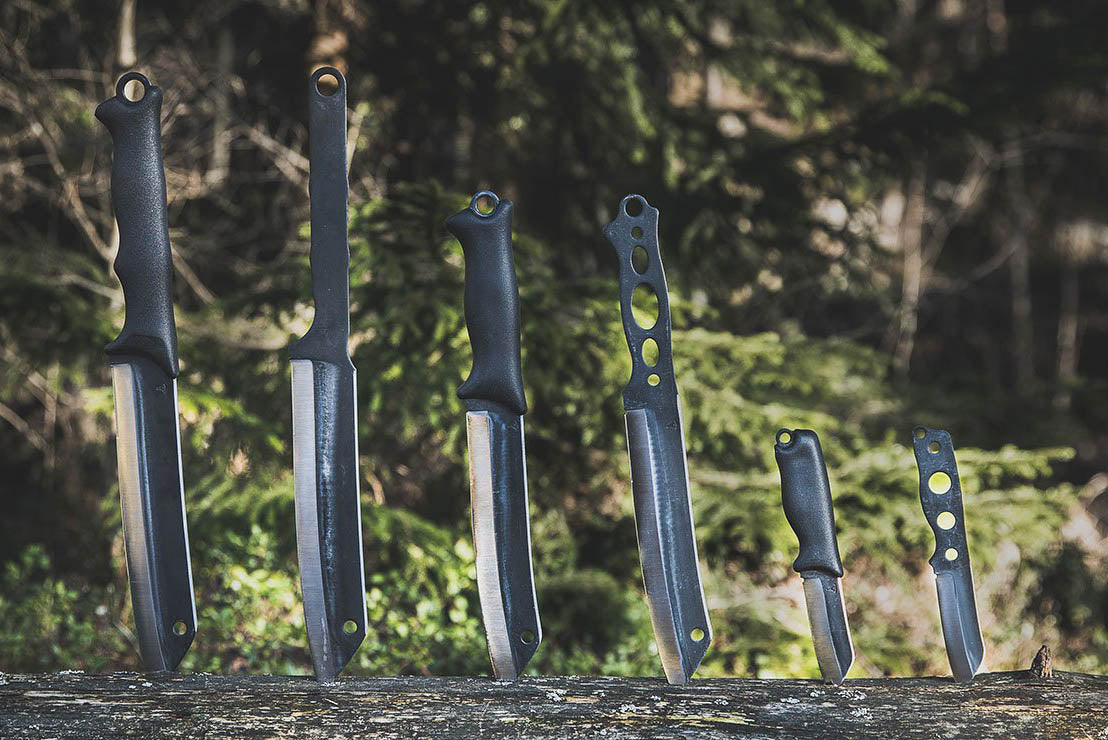
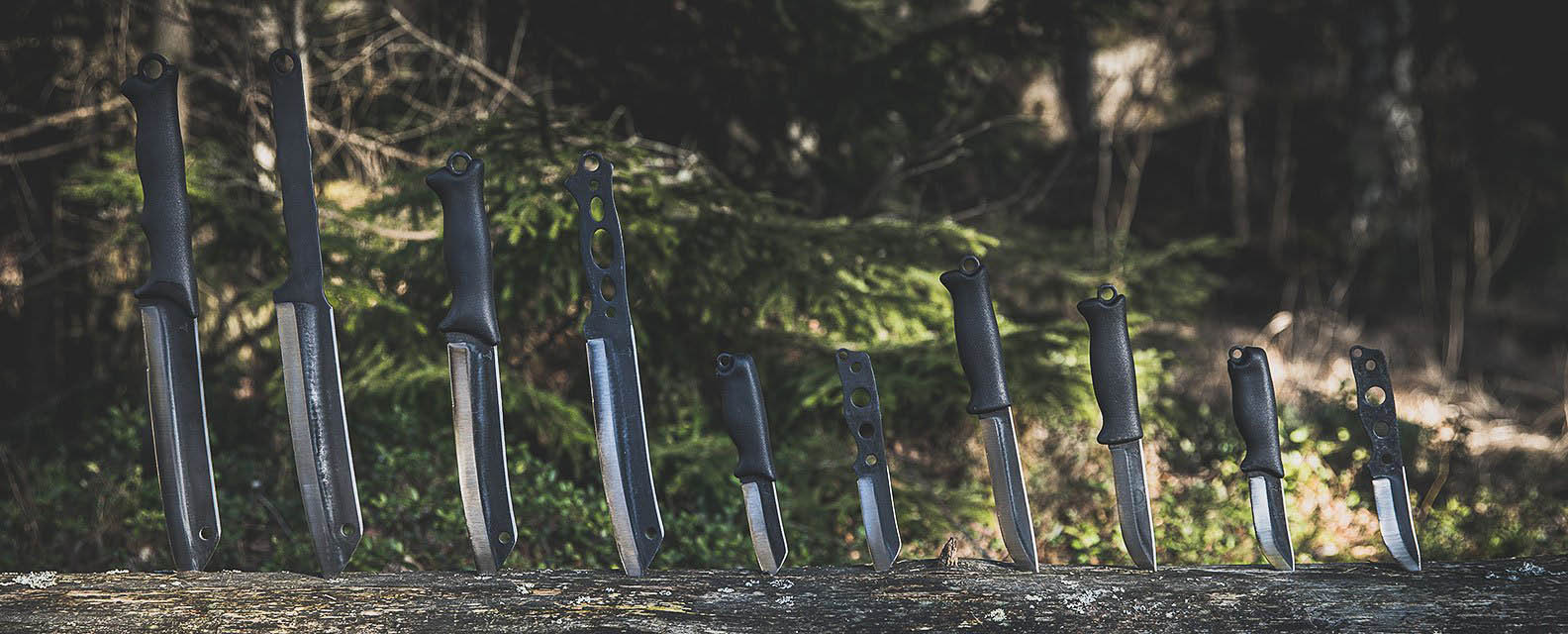

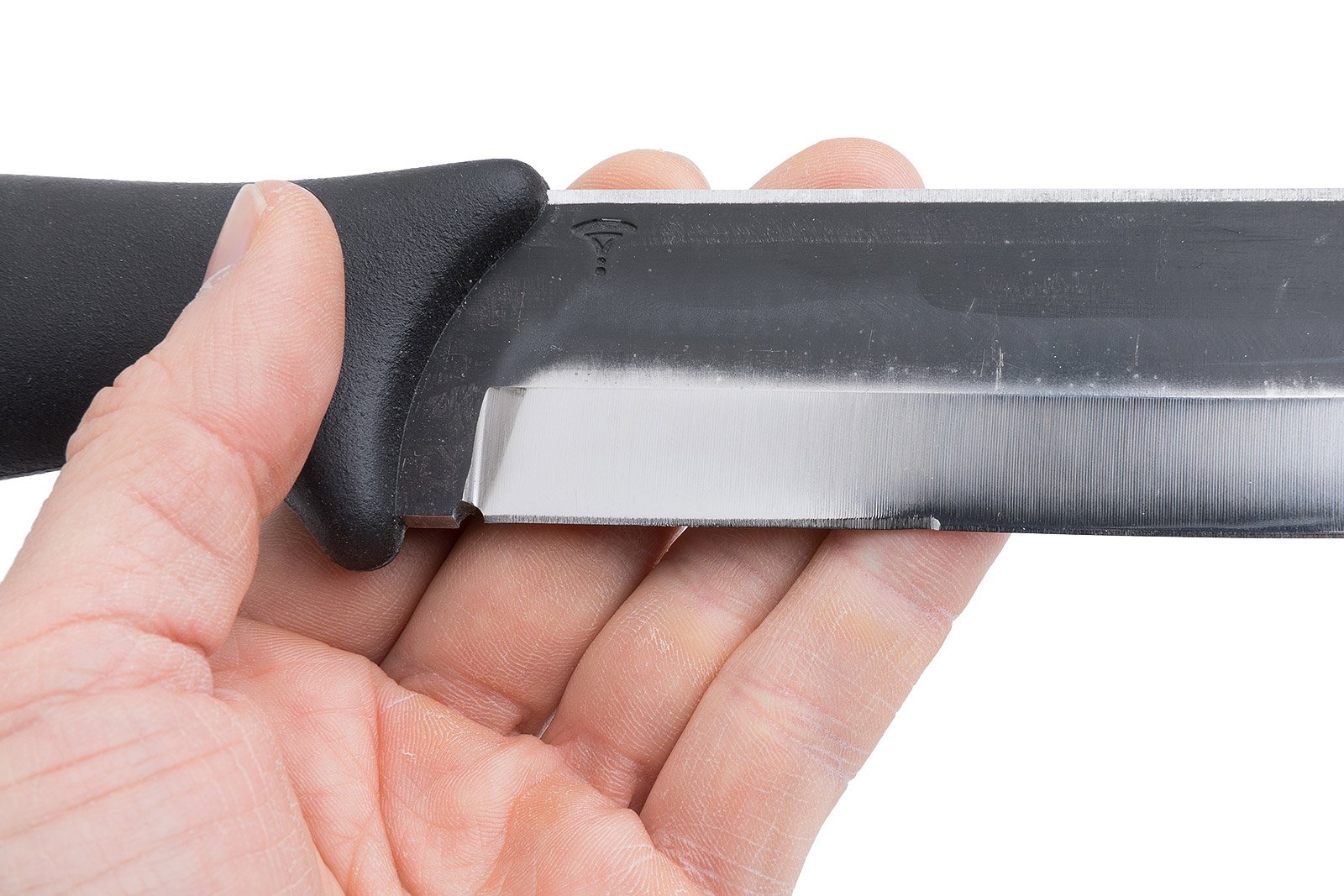
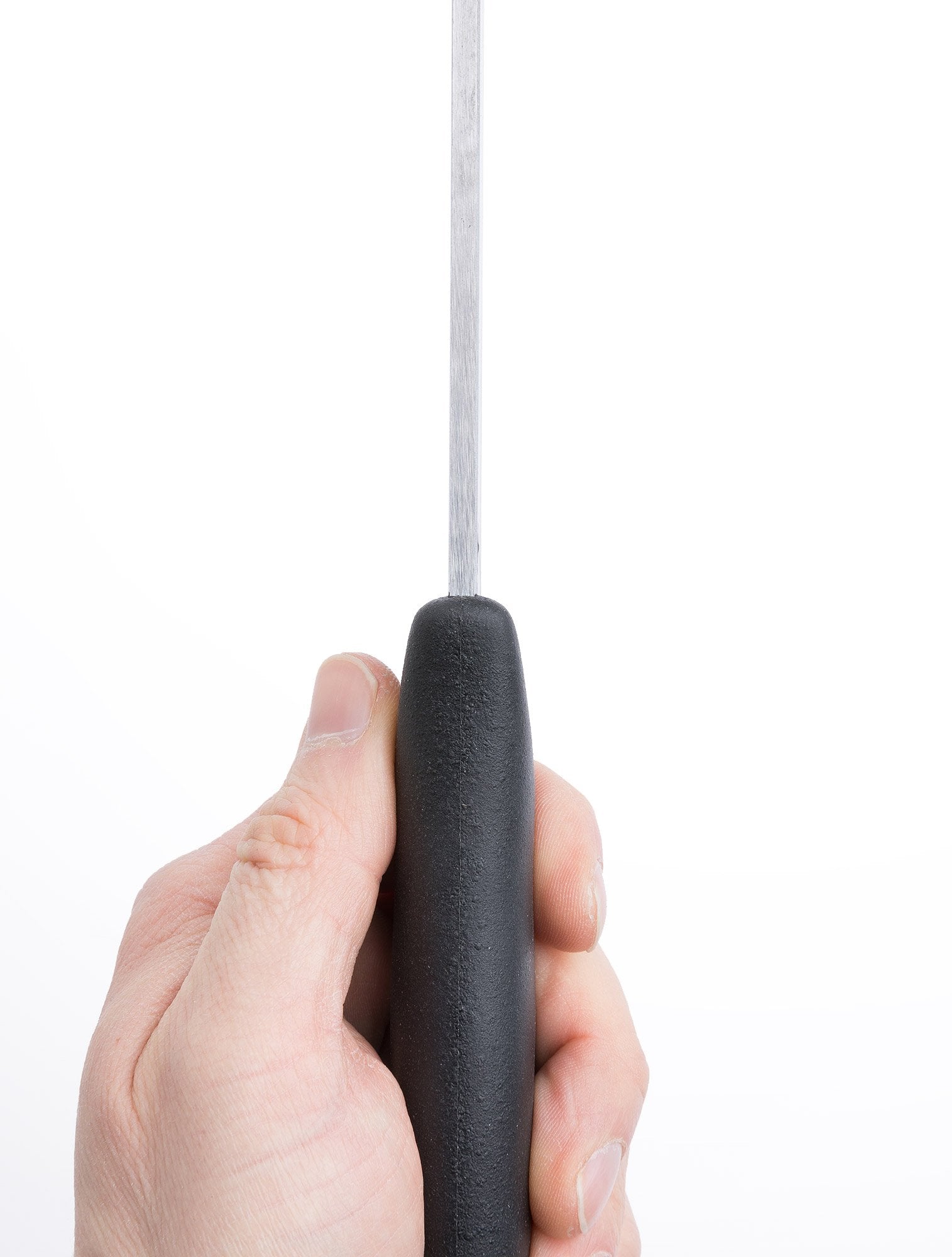
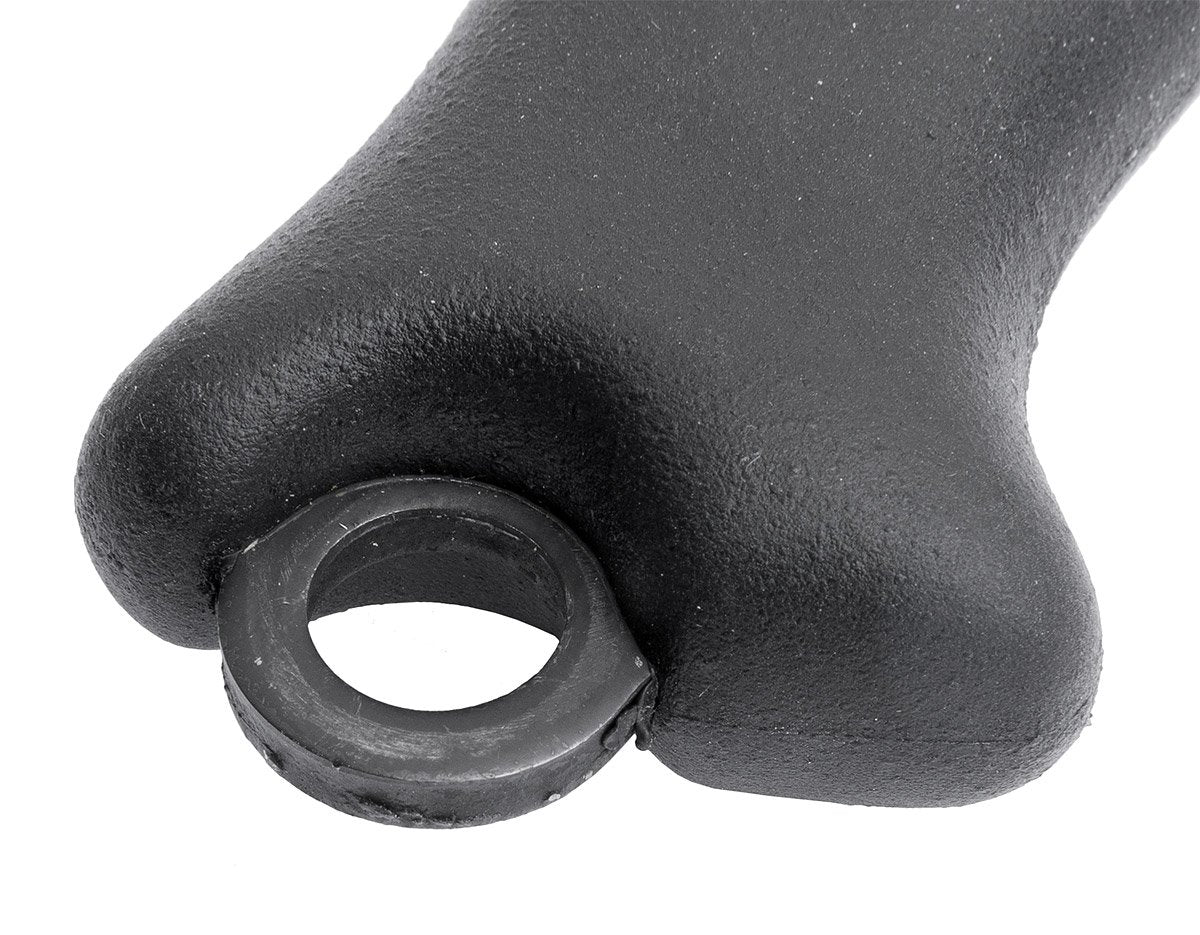
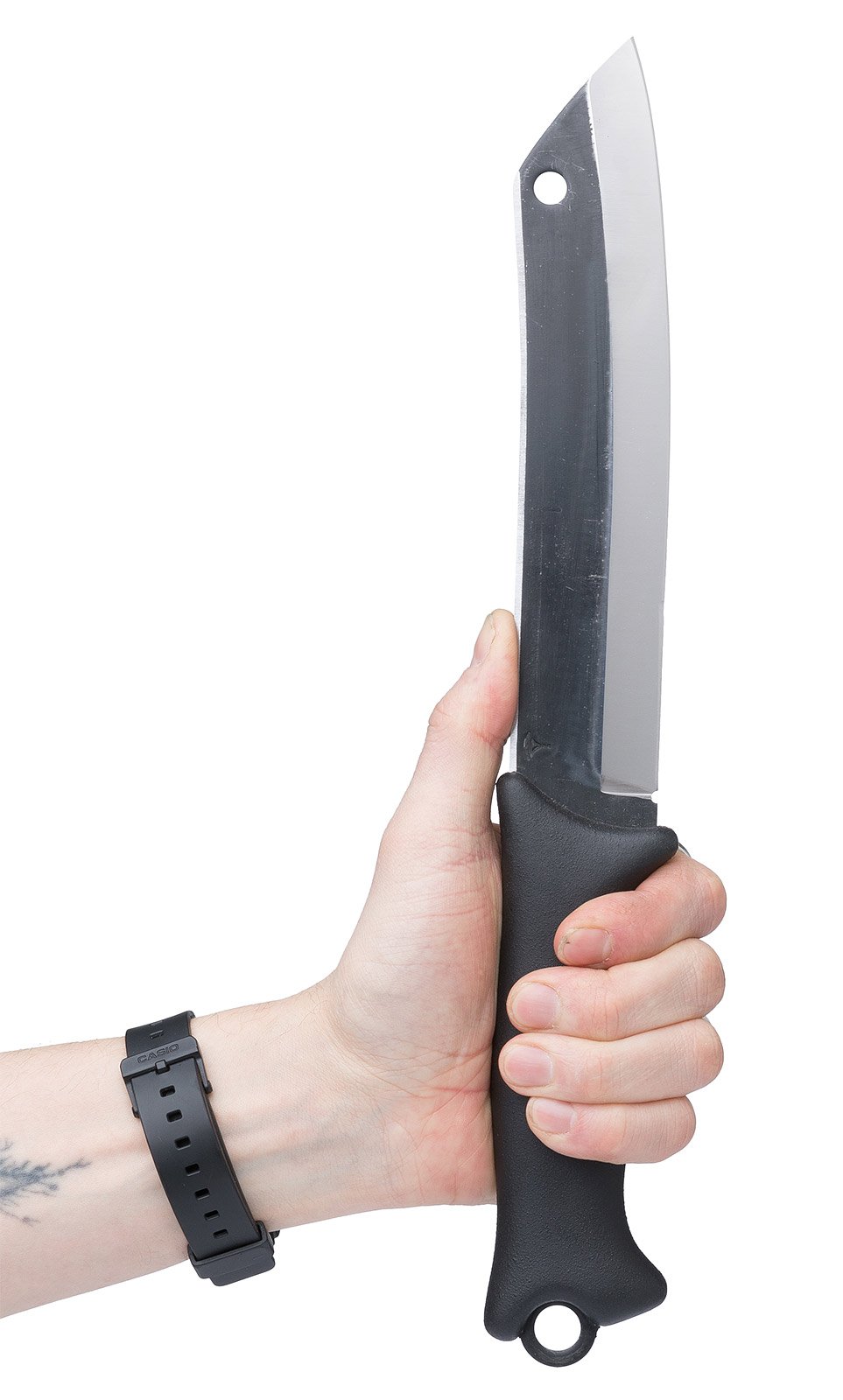
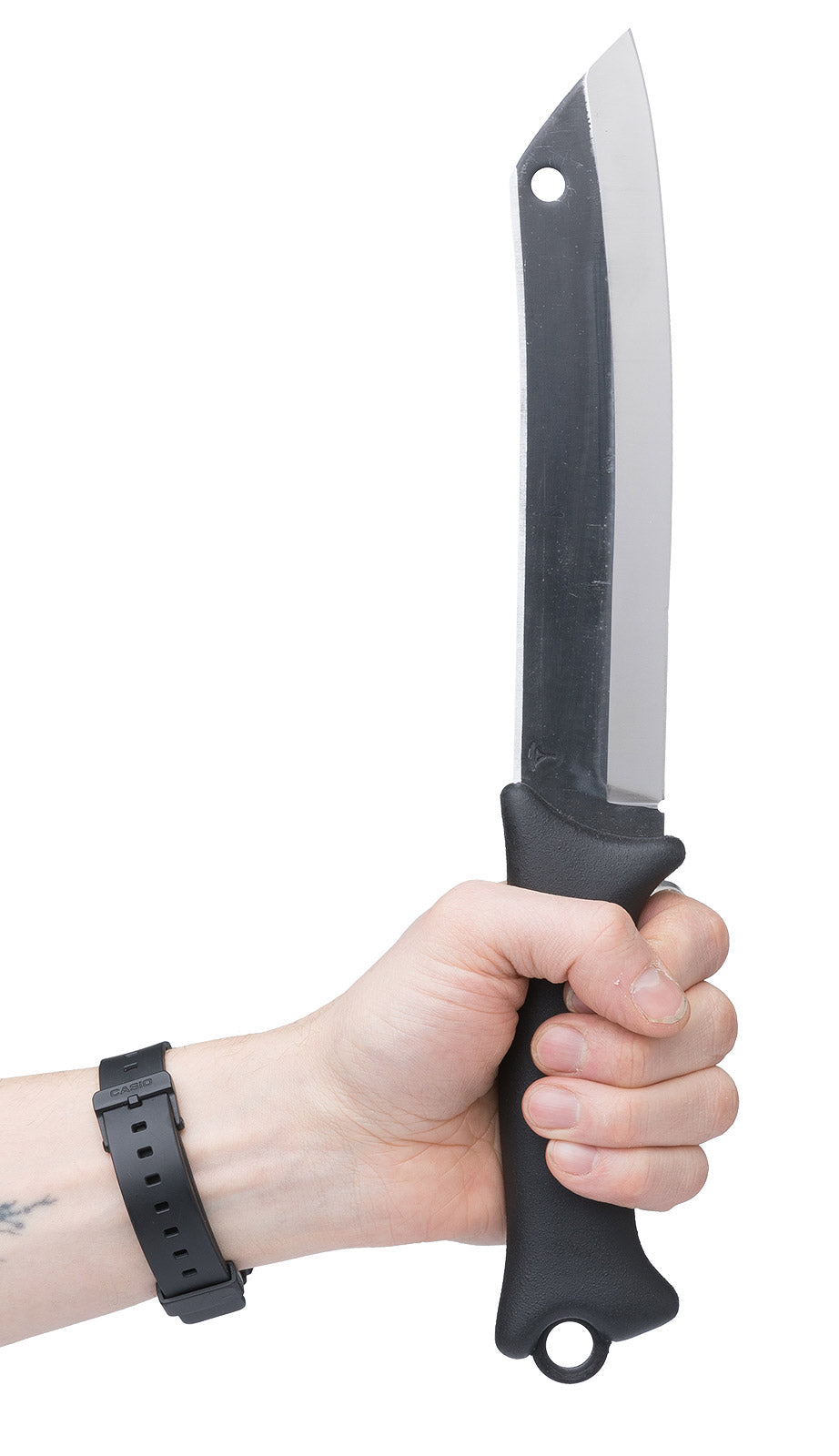
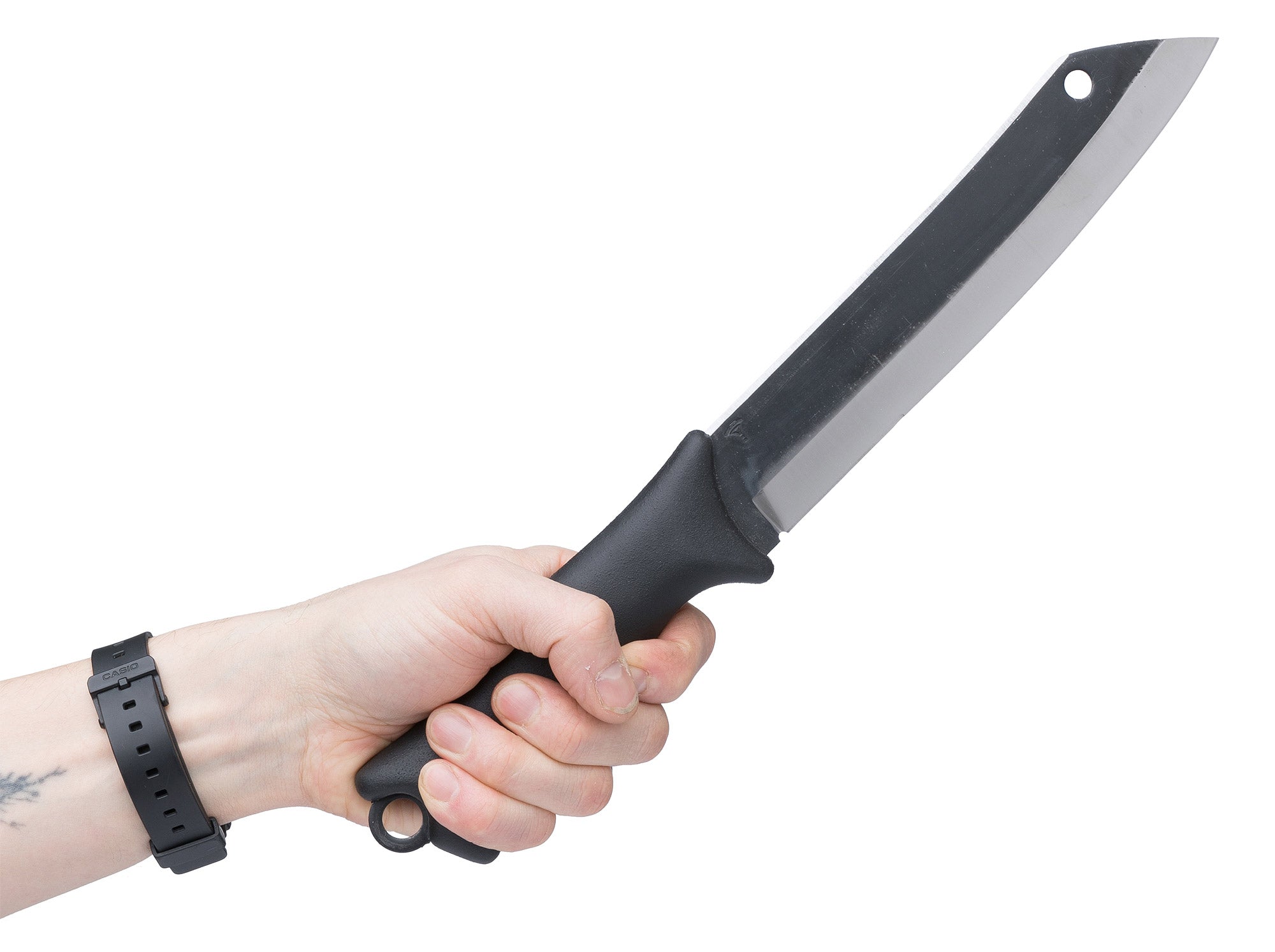
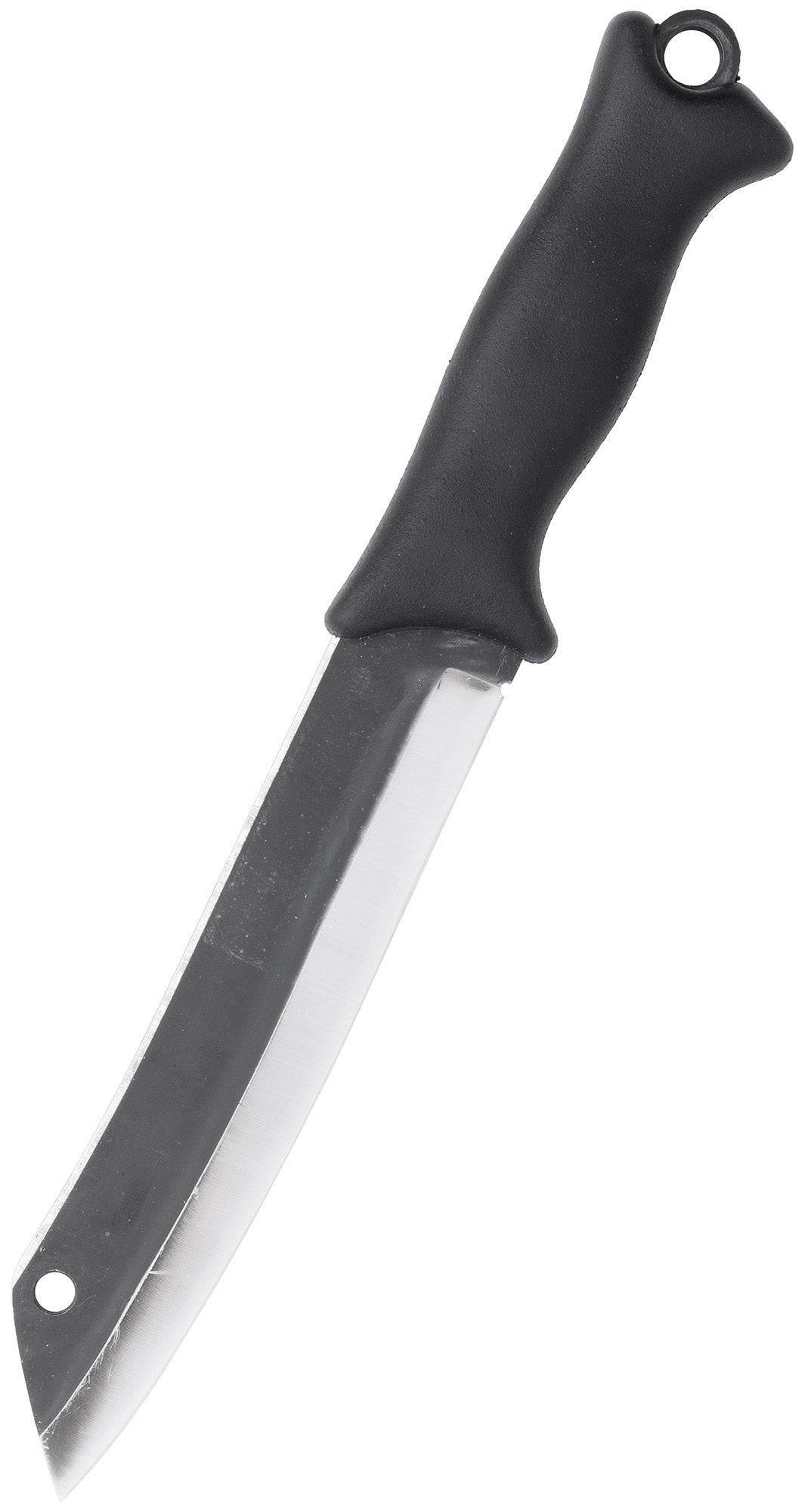
Varusteleka Skrama 200, Carbon Steel
- Over 20 in stock – 90% of orders are shipped during the next business day. – Place an order before the product is out of stock! – Subscribe to a Back in stock notification.
Technical details and instructions
Description
Skrama 200 is a versatile heavy-duty bush knife for chopping, splitting, and whittling. This modern-day Leuku can chop branches and poles, prepare firewood, and gather evergreen twigs for camouflage or sleeping on. It is more than a knife but lighter than a machete, above all a solid and dependable companion that is comfortable to carry on your belt.
- Modern leuku for outdoors
- Sturdy rubber handle
- 200 mm (7.85"") full-tang carbon steel blade
- Made in Finland
- Sturdy sheath available for those who need one
Skrama - as in Scramasax or Seax, a big single-edged knife popular in Iron Age Europe. Much like the Lapland Leuku, it serves many purposes. A cool name is always nice, and the best ones are those with some history behind them - our 21st-century Skrama would surely meet the demands of any Iron Age man from "ye good olde days".
Heart of Skrama is the blade
The Skrama blade is slightly curved with a sheepsfoot tip. The curve helps to rock the knife on a cutting board when cooking. The blade is sharpened to two different angles. Near the grip, a 5 cm (2") portion has an angle of 25° for whittling and fine work. The rest of the blade has an edge of 34°, which has proven to be excellent for this type of chopping blade.
When splitting firewood, you can beat the back of the blade with another piece of wood; the knife is designed to withstand this. However, don’t beat it with rocks or other things that are harder than wood. The full-tang blade ends in a lanyard loop. With the handle molded over, it's really not going to loosen or come off.
The hole in the blade serves production purposes - it is used when tempering the blades and later during other steps of manufacturing. Of course, you can come up with your own uses for it too, but most importantly, it is there for a purpose, not for decoration!
Skrama 200 or 240
Welcome to the world of choices. We try to help you with two sentences: Skrama 200 comes out when the regular knife is insufficient, and Skrama 240 replaces the machete.
Leather sheath
You can buy the Skrama 200 with or without a Finnish-made leather sheath. Like the knife itself, it's designed to be functional and simple, and its material choices and workmanship make it a long-lasting companion for your knife.
- Finnish 2 mm ( 0.08") vegetable-tanned cowhide
- Skrama Plastic Blade Cover inside
- 6 cm ( 2.4") wide belt loop
- D-ring hinge to allow movement
- Retaining strap with snap fastener
- Leg tie grommet at the tip
- Drainage hole in the bottom
Sustainable leather
The leather of Varusteleka sheaths comes from Pelo Leather, a Finnish family-owned Central Ostrobothnian tannery founded in 1897. In addition to producing top-quality sheaths and leather with minimized waste and emissions, the company is respectful of the source of the raw materials: the animals and the nature in which they live.
Pelo Leather uses moose and yak hides provided by hunters and nomads, and cowhides, which are a side product of the dairy and meat industries. The cowhides come from local abattoirs that have standards for ensuring the well-being of the animals. No animals are reared for the sole purpose of producing these leathers.
Their business quarter is 25 years, and a lot of effort is put into the processes and logistics of the business to provide a cleaner environment for future generations. We are proud to have their leather in our sheaths!


